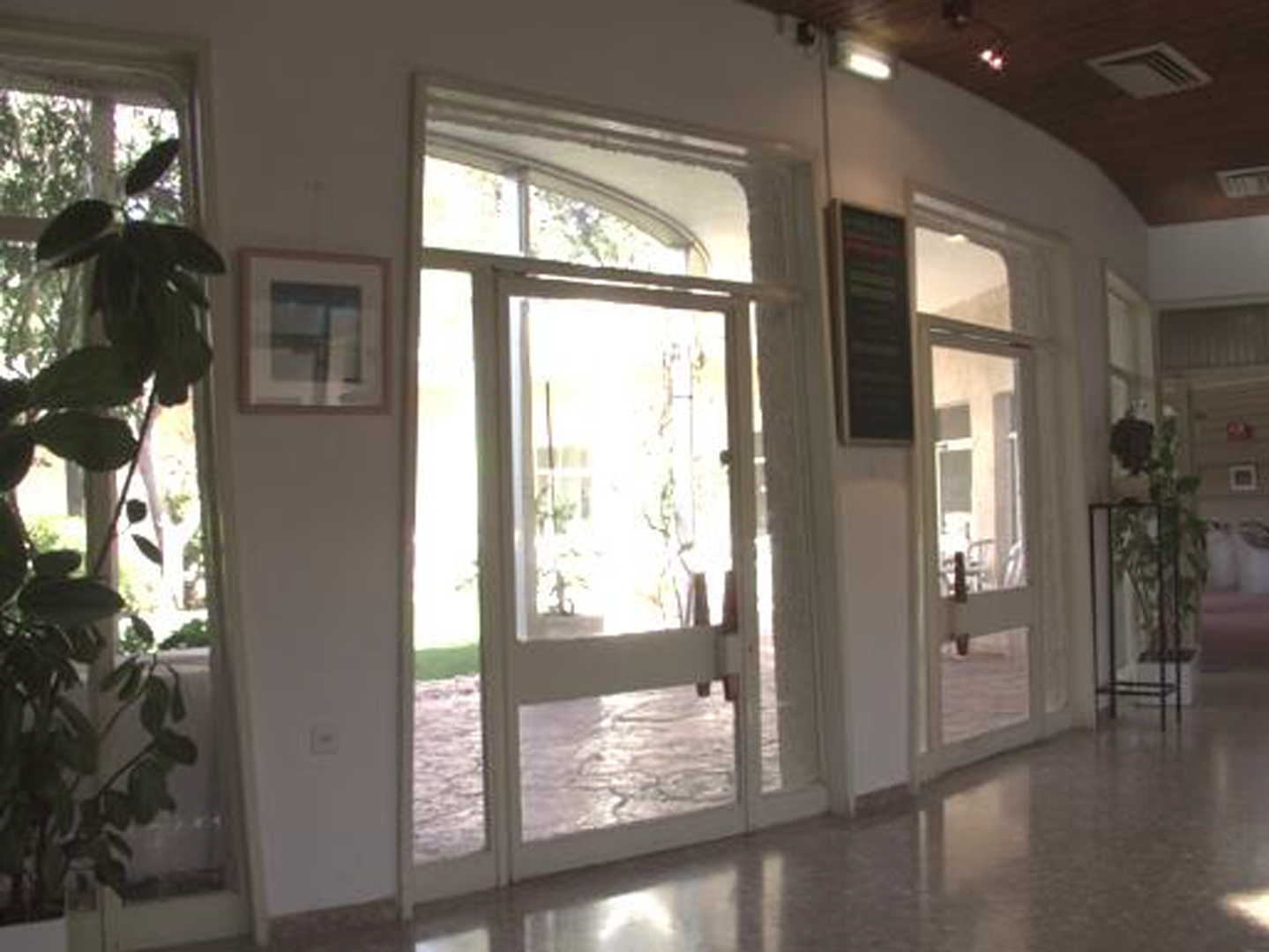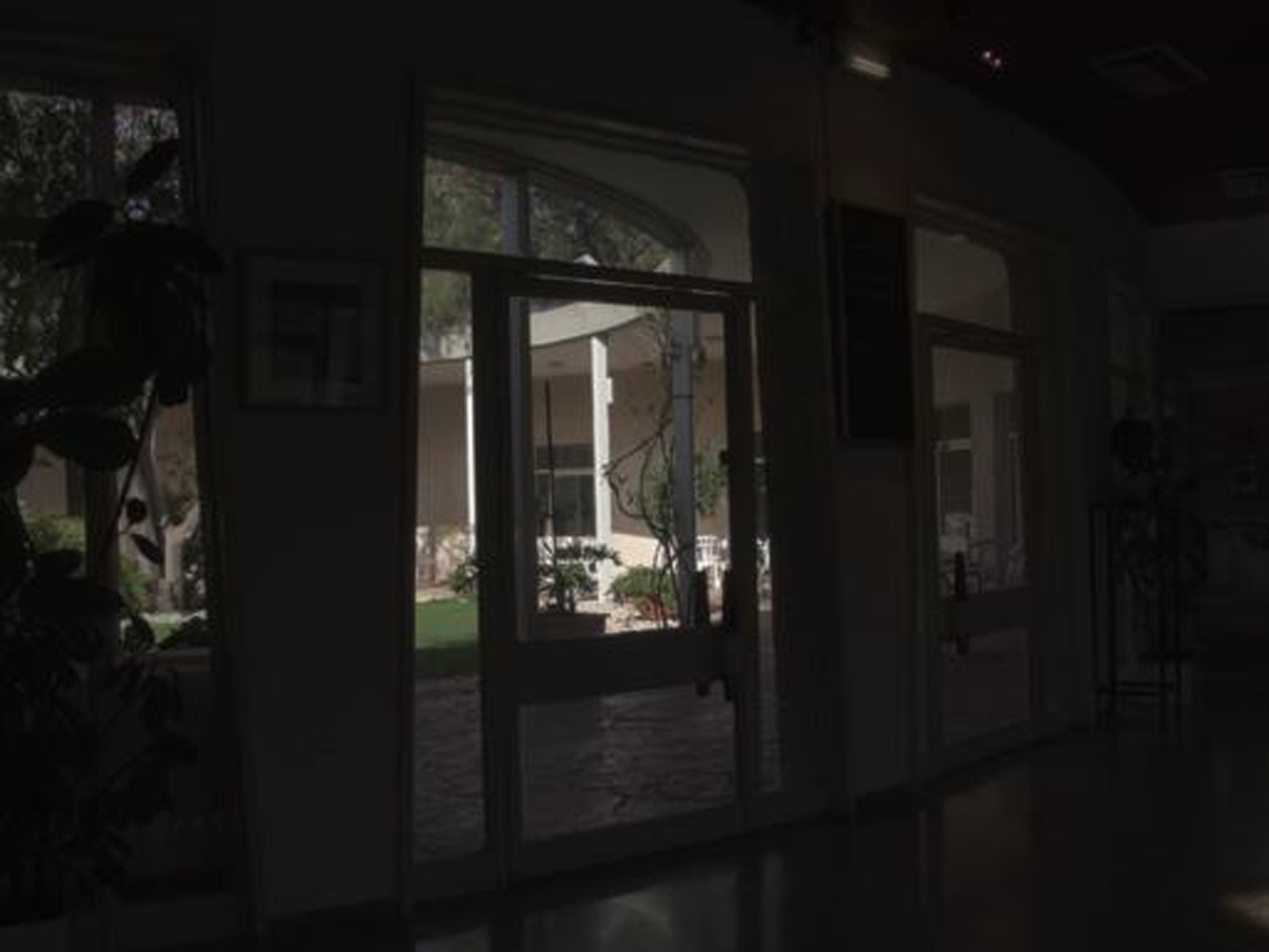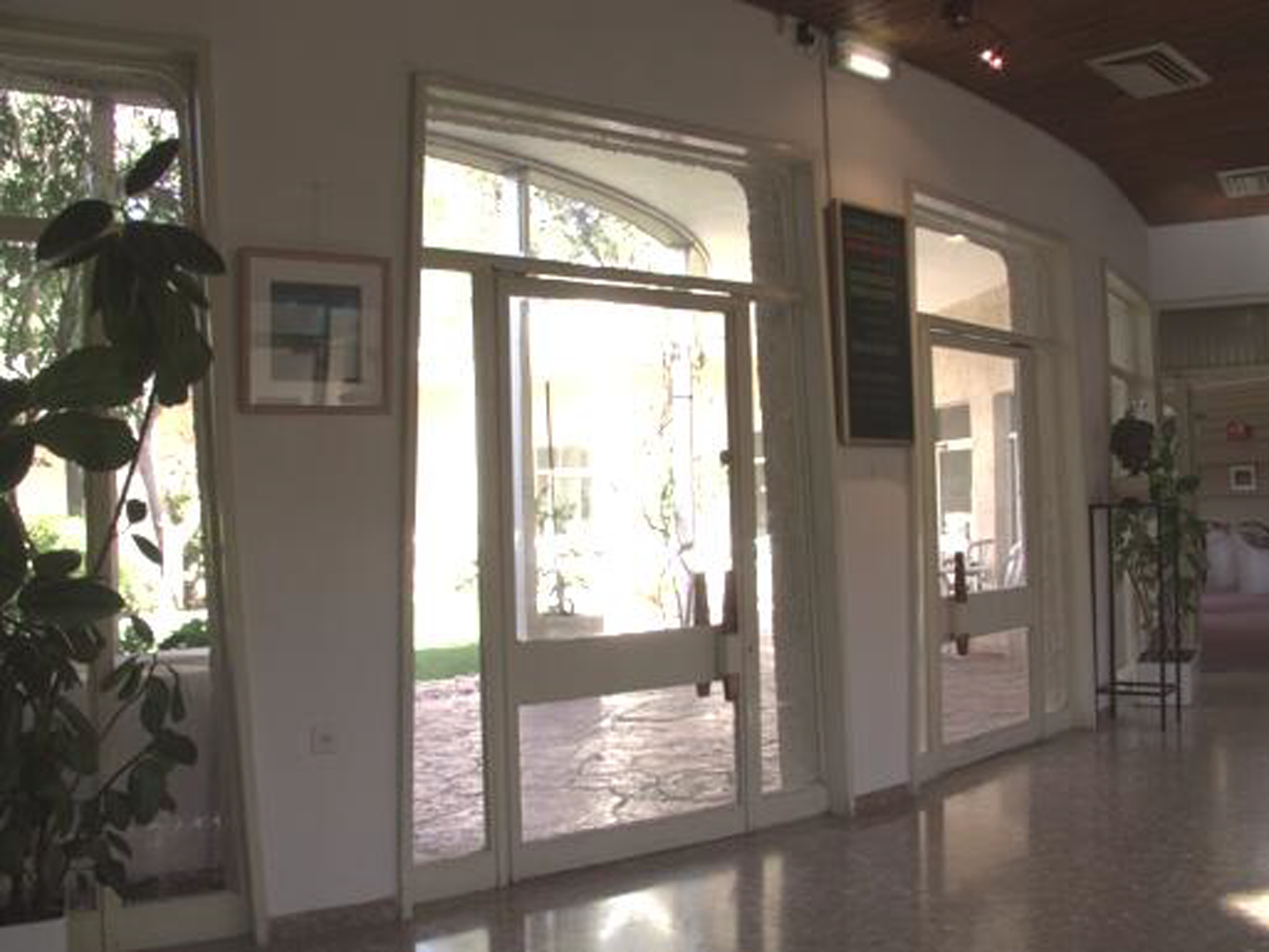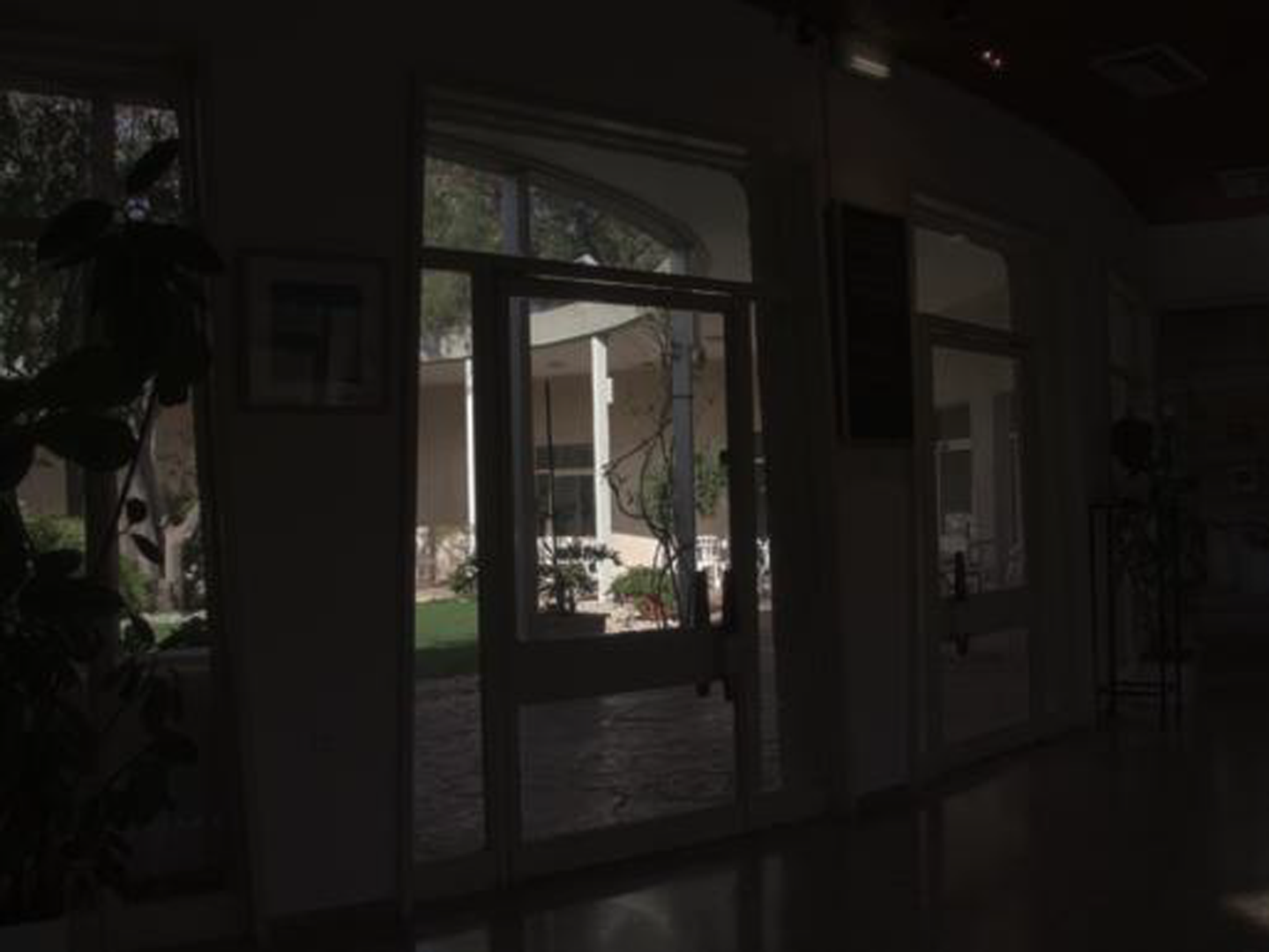“Gradient domain HDR compositing” by Wang and Davis
Conference:
Type(s):
Title:
- Gradient domain HDR compositing
Presenter(s)/Author(s):
Abstract:
High dynamic range (HDR) image compositing addresses dynamic range limitations by combining valid information from multiple differently-exposed low dynamic range (LDR) images. Traditional HDR methods (which we will call intensity-based) compute a weighted combination of pixel irradiance after correcting for differences in exposure. These methods require knowledge of the mapping from scene irradiance to image brightness called the camera response function f, as well as the exposure settings (combined information about shutter speed and film sensitivity), k. However, often times neither f nor k are available beforehand; most digital cameras do not have the option to shoot in raw (linear) mode, and do not offer a guarantee that the same processing will be performed on consecutive images.
References:
1. Debevec, P. E., and Malik, J. 1997. Recovering high dynamic range radiance maps from photographs. In ACM Trans. Graph., ACM Press/Addison-Wesley Publishing Co., New York, NY, USA, 369–378.
2. Fattal, R., Lischinski, D., and Werman, M. 2002. Gradient domain high dynamic range compression. In ACM Trans. Graph., ACM, New York, NY, USA, 249–256.
3. Grossberg, M. D., and Nayar, S. K. 2002. What can be known about the radiometric response from images? In European Conference on Computer Vision, 2002 Proceedings of, Springer-Verlag, London, UK, 189–205.
4. Perez, P., Gangnet, M., and Blake, A. 2003. Poisson image editing. ACM Trans. Graph. 22, 3, 313–318.
Additional Images:







